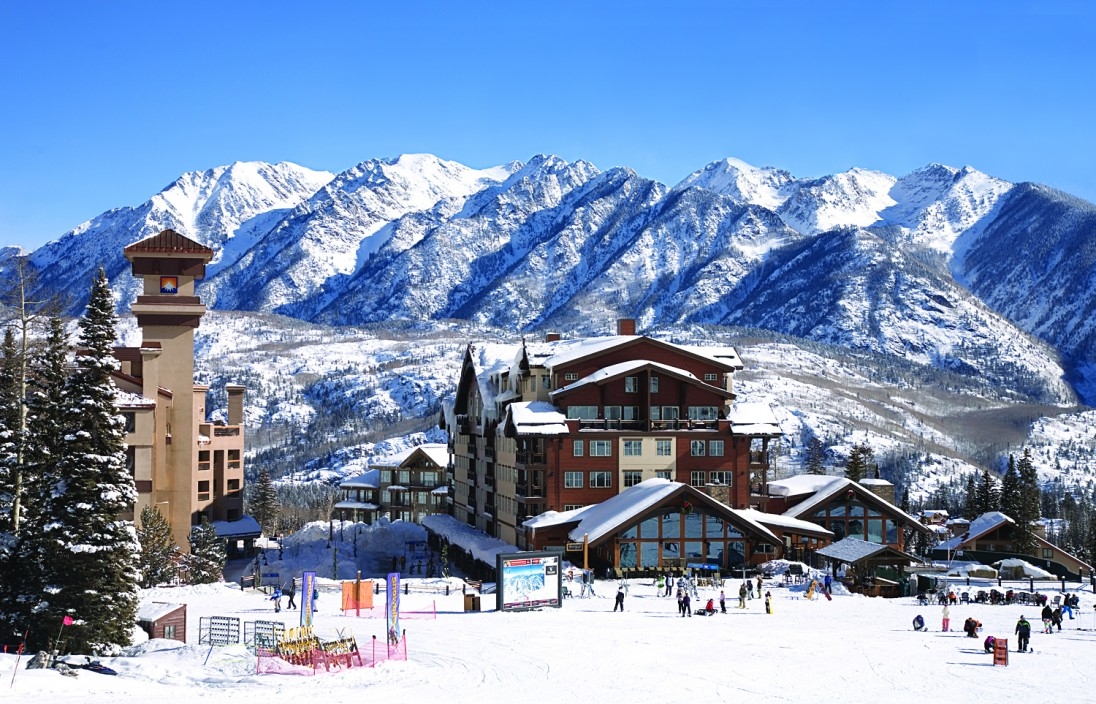The 2018 Drive 4 Corners BMW meet is being hosted at Purgatory Resort, in the San Juan Mountains. This area has a rich history of mining with stories of rags to riches than vanished just as fast as they arrived. Here’s a little history of the area that you may not have known about the region:
Town of Silverton:
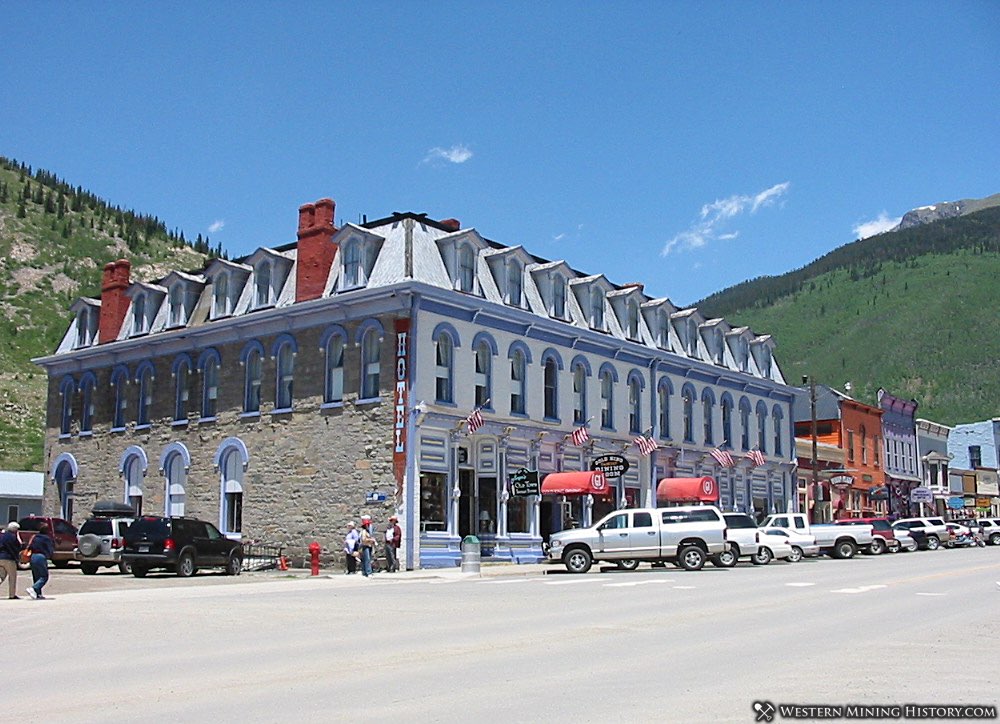
In the summers Ute Indians hunted and lived in the Silverton area before the first explorers, the Spanish, arrived. The Utes remained until 1873 when the Brunot Treaty opened the San Juans to settlement. The first permanent white settlers came for diverse reasons, but gold and silver served as magnets to the region. Some also wished to escape cumbersome responsibilities, perhaps even crimes, and turn over a new leaf. Others hoped to earn enough money to send for their families that they might all embark on a better life.
Most of the early settlers came from states east of Colorado, but the middle 1880s saw large numbers come from Europe, Austria, Italy, Serbia, Croatia, Cornwall, Ireland, Wales, France, Germany, Russia, Norway, Sweden, Finland, Denmark and elsewhere. The mining companies advertised in foreign newspapers, promising jobs and the opportunity to own land. Foreigners, usually the men first, made the exhausting ocean voyage, usually crowded into the lower levels of often dirty ships, then after finally arriving in America crossed half a continent to reach Silverton. Few could speak English, and most left their families in the old country, worked in the mines, saved their money, then sent for their loved ones.
Early day Silverton was rough, turbulent and often violent. The environment was extremely harsh, especially the long severe winters. Mining was a very dangerous occupation with few, if any, safety precautions on the part of the mine owners. Mining casualties were frequent – falling down an open shaft, being blown to pieces in a powder explosion or the mine itself caving in on the workers. Snowslides carried many to eternity. Saloons, alcohol, prostitution, gambling, robbery, there were many opportunities to die violently. Suicides were not uncommon, especially among the prostitutes. Also in the early years of the town there were a few lynchings by the local vigilantes.
The Congregational Church was dedicated in 1881, the railroad reached Silverton the next year, and the Grand Hotel (later the Grand Imperial, still in operation) had its grand opening in 1883. Silverton’s population was 3,000, and the town was becoming civilized! Fraternal lodges and various literary societies were organized. In the early 1900s the Carnegie Library, County Court House, County Jail, Town Hall, Wyman Building, Benson Block, Bausman Building, Miners Union Hall and Miners Union Hospital were built.
The worldwide 1918 flu epidemic was devastating in Silverton…more than 150 people died within a three week period in October and November of that year, approximately 10% of the population. In 1921 prices for metal fell and the population dwindled. However, some of the mines continued in operation until the last large mine closed in 1991. In the 1950s Hollywood discovered Silverton and several movies were shot on location, including Ticket to Tomahawk, Great Day in the Morning, Run for Cover, Night Passage, Across the Wide Missouri and Maverick Queen.
The world famous Durango/Silverton Narrow Gauge train now brings thousands of tourists to Silverton in the summer months, and thousands of others traveling Highway 550 stop in Silverton to spend some time getting acquainted with the town, the mountains and the people. Those who have been here remember the little town in the valley, surrounded by majestic peaks.
Ironton:
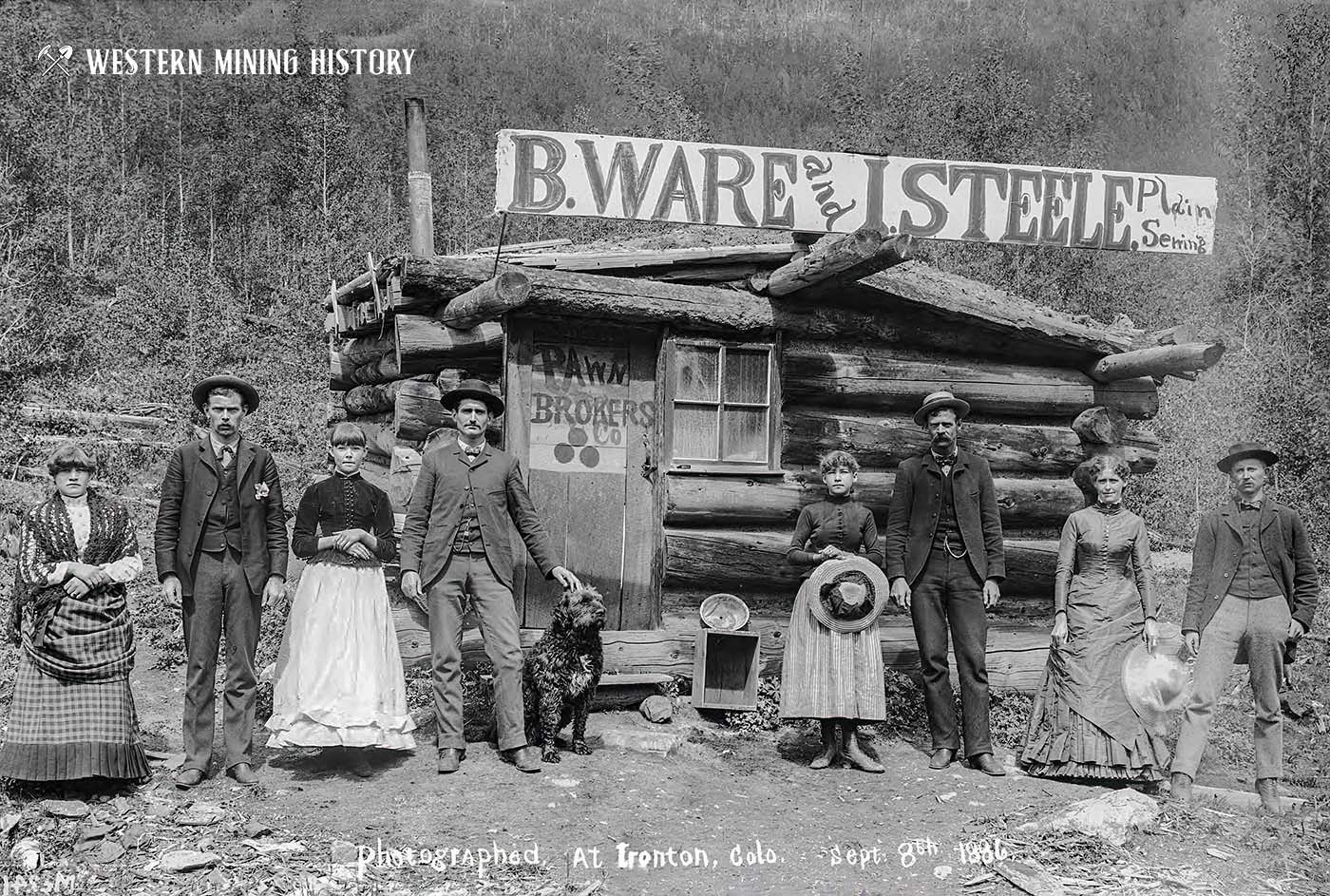
Ironton was a major transportation junction between Red Mountain Town and Ouray in addition to having some of its own mines. Ironton had a peak population of over 1000 and had two trains arriving daily from Silverton.
The town lived into the first part of the 20th century but slowly faded as mining operations declined. The final resident of the town, Milton Larson, died in the mid-1960s.
Ouray:
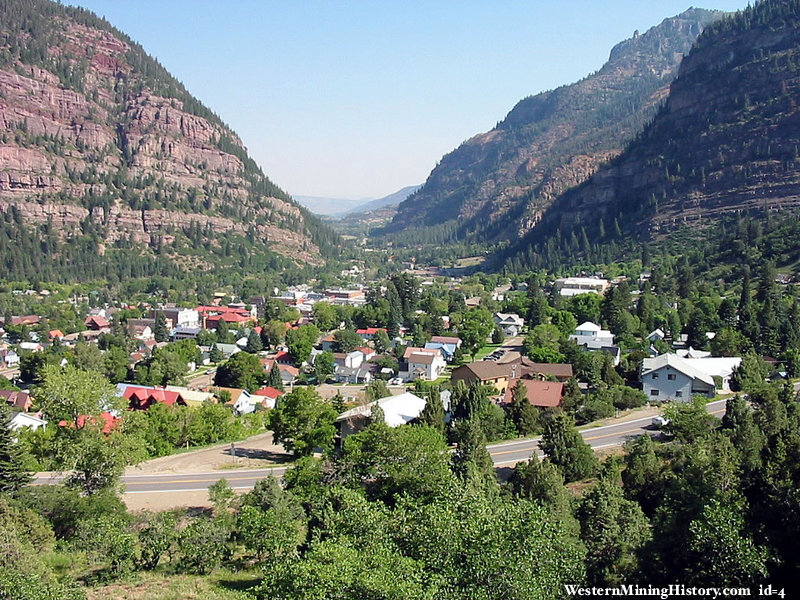
Originally established by miners chasing silver and gold in the surrounding mountains, the town at one time, boasted more horses and mules than people. Prospectors arrived in the area in 1875 searching for silver and gold. At the height of the mining, Ouray had more than active 30 mines. The town was incorporated in 2 October 1876, Ouray was named after Chief Ouray of the Utes, a Native American tribe. By 1877 Ouray had grown to over 1,000 in population and was named county seat of the newly formed Ouray County on 8 March 1877.
The Denver & Rio Grande Railway arrived in Ouray on 21 December 1887, it would stay until the automobile and trucks caused a decline in traffic, the last regularly scheduled passenger train was 14 September 1930. The line between Ouray and Ridgway was abandoned on 21 March 1953.
The entire town is registered as a National Historic District with most of the building dating back to the late 1800’s. The Beaumont Hotel, Ouray City Hall, Ouray County Courthouse, St. Elmo Hotel, St. Joseph’s Miners’ Hospital (currently housing the Ouray County Historical Society and Museum), Western Hotel, and Wright’s Opera House are all on the National Register of Historic Places.
In the fall of 1968 the film True Grit was filmed in Ouray County, including some scenes in the town of Ouray, most notably the Ouray County Court House.
Eureka:
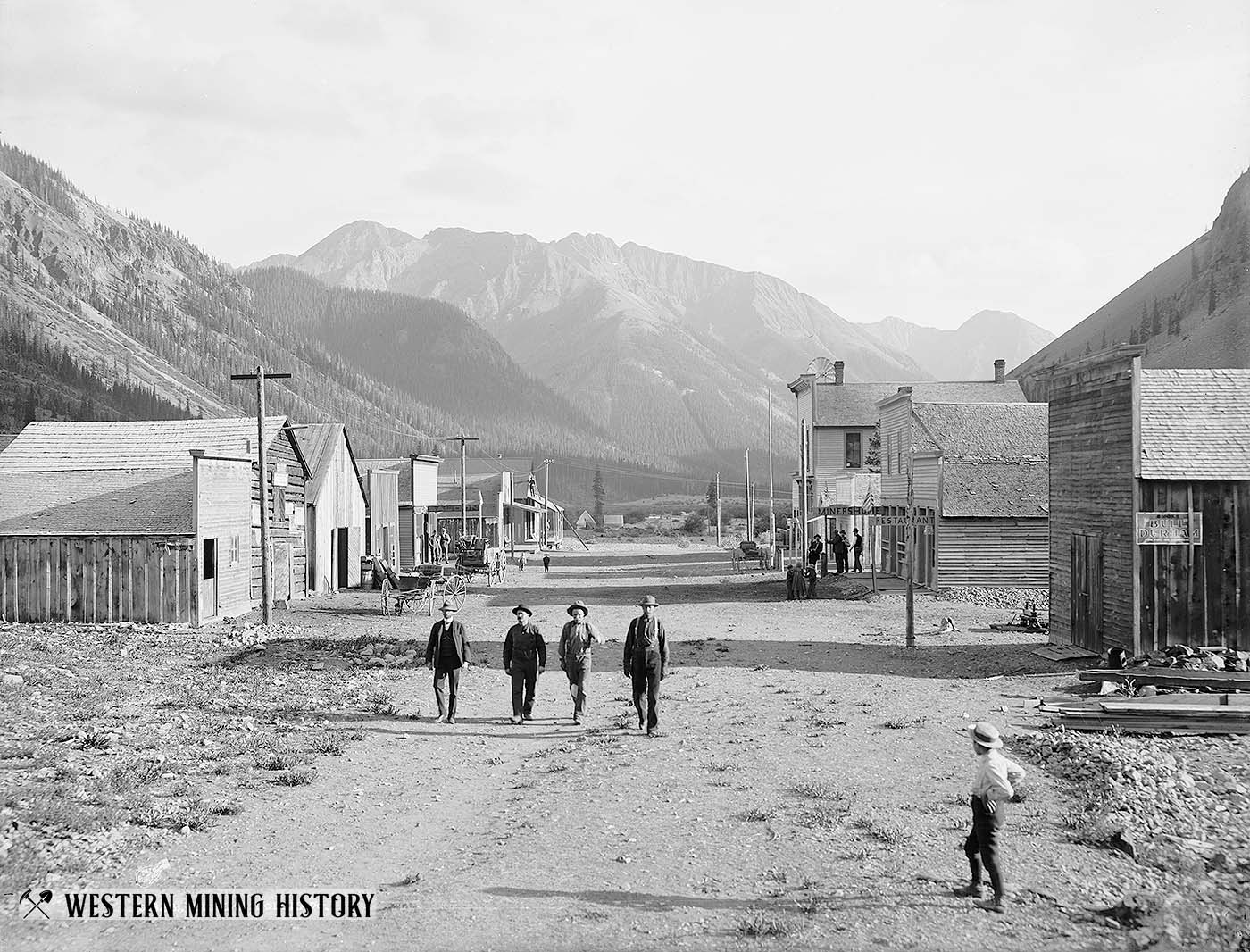
Charles Baker’s group of prospectors found traces of placer gold in the San Juan Mountains in 1860 at Eureka. Forced by the Ute Tribe out in 1861, who had been awarded the area in a US treaty. The prospectors returned in 1871, when lode gold was found in the Little Giant vein at Arrastre Gulch near Silverton, Colorado. The miners were allowed to stay after the Brunot Treaty of 13 Sept. 1873. In exchange for giving up 4 million acres, the Southern Ute Indian Reservation received $25,000 per year.
By 1875, Eureka had a post office. The original mill was closed (reasons unknown) but to replace it, the Gold Prince Mill from Animas Forks was deconstructed and moved to the Eureka townsite to become the Sunnyside mill. In 1896, Eureka was connected to the Denver and Rio Grande Railroad via the Silverton Northern Railroad. Although the community grew steadily — not like a boomtown — it quickly declined after 1939, when the Sunnyside Mill closed for the last time. Today, the original townsite gravel roads remain, and debris litters the area. The only remaining structure is the Eureka jail, which has been restored. Foundations remain of the Sunnyside mill.
Animas Forks:

The town’s first log cabin was built in 1873 and by 1876 the community had become a bustling mining community. At that time the town contained 30 cabins, a hotel, a general store, a saloon, and a post office. By 1883 450 people lived in Animas Forks and in 1882 a newspaper, the Animas Forks Pioneer, began publication and lasted until October 1886. Every fall the residents of Animas Forks migrated en masse to the warmer town of Silverton. In 1884 a 23 day blizzard inundated the town with 25 feet of snow, the residents had to dig tunnels to get from building to building. Mining, speculation and processing mills helped Animas Forks grow.
When mining profits began to decline investment in Animas Forks was no longer justified and although mining made a brief 1904 rebound with the construction of the Gold Prince Mill, the town’s mining days were nearing an end. A rail line ran through the area and also restimulated interest in mining in the community but the railroad never reached its expectations. The Gold Prince Mill closed in 1910 and in 1917 most of the mill’s major parts were removed for a new facility in Eureka. The mill’s dismantling signaled the beginning of the end for Animas Forks and the town was a ghost town by the 1920s.
Latest posts by Tom Schultz test #2 (see all)
- 2025 Event Details - 13 May, 2025
- 2024 Durango Event - 24 February, 2024
- Drive 4 Corners 2022 Low-Key Event Concluded - 1 September, 2022


